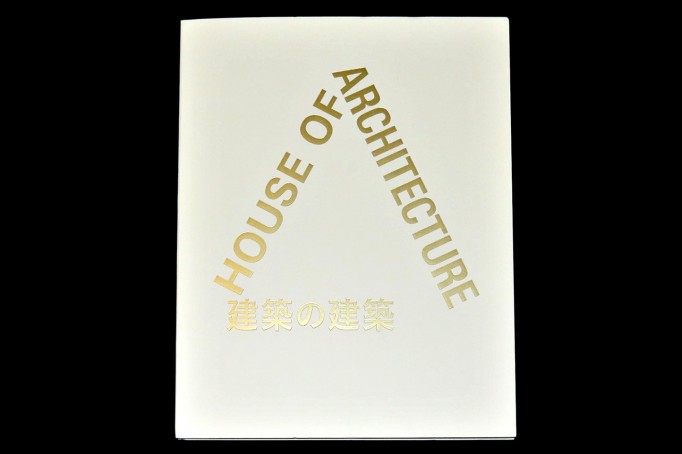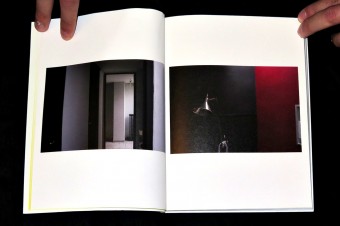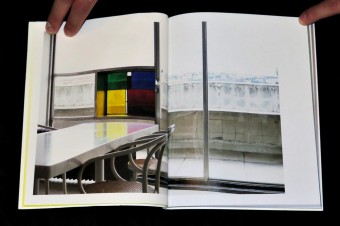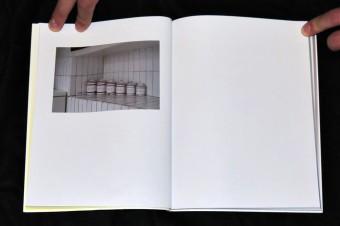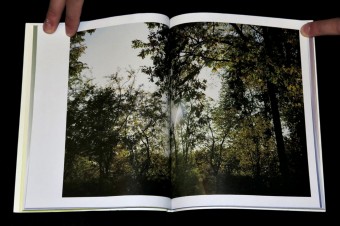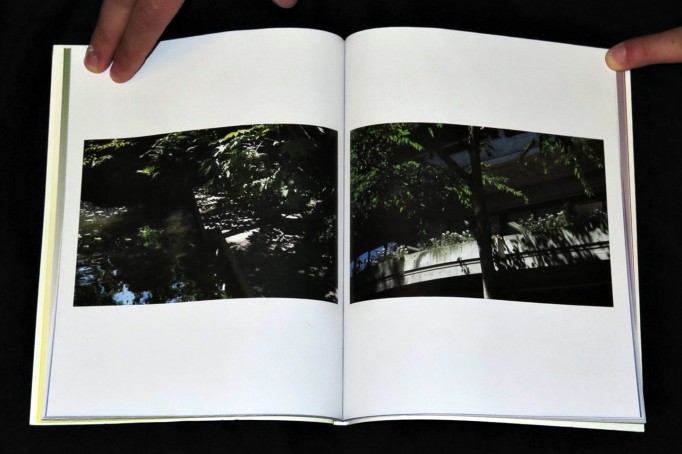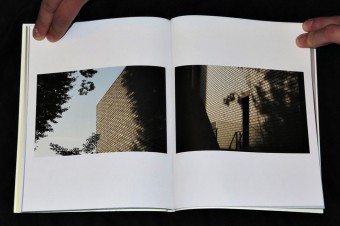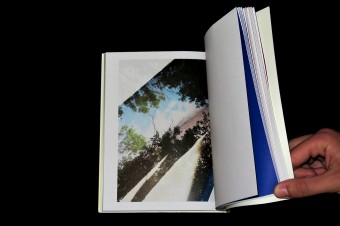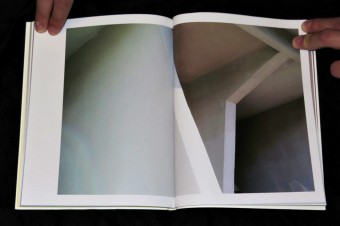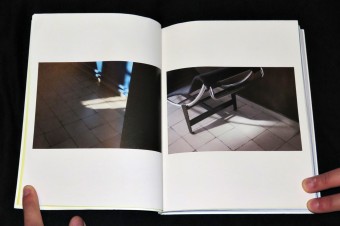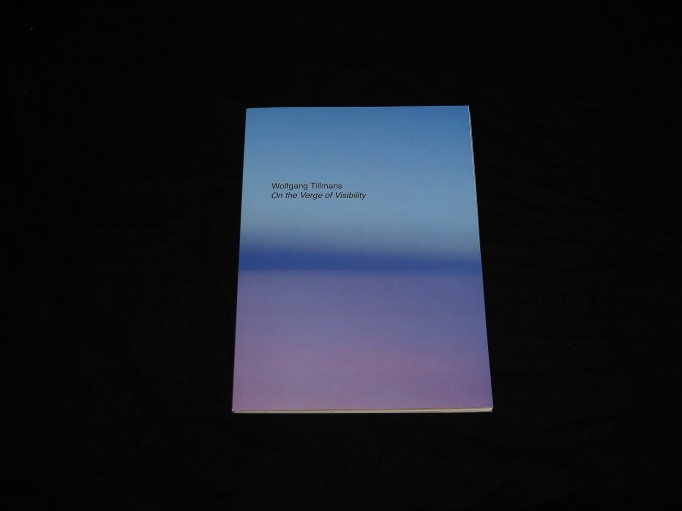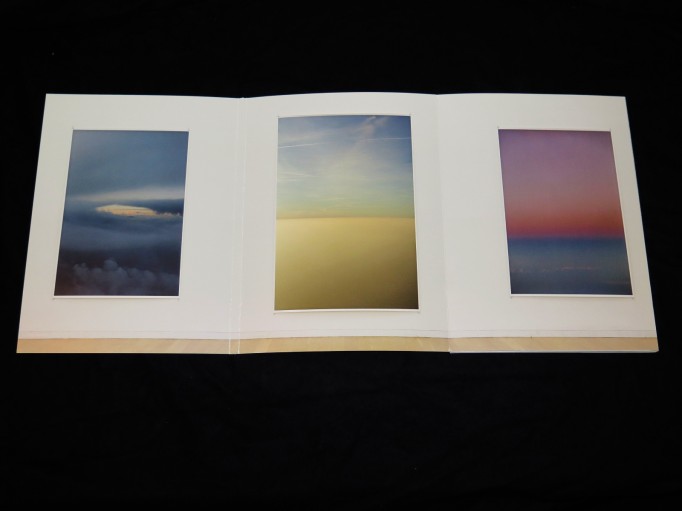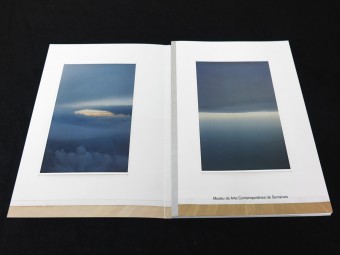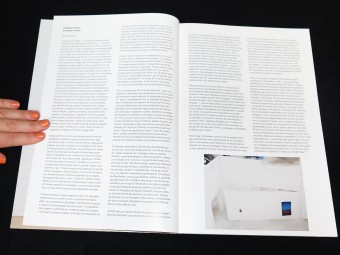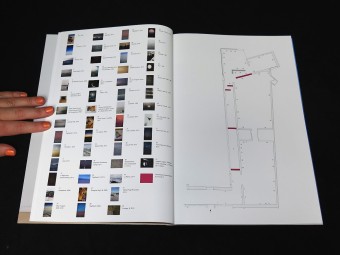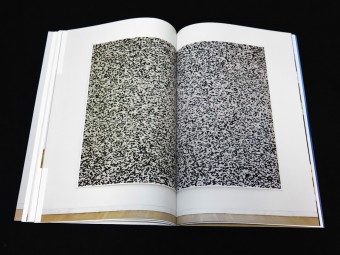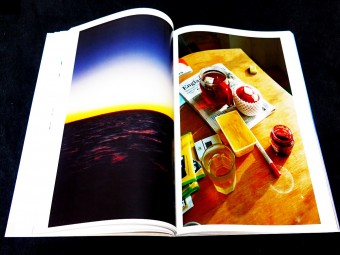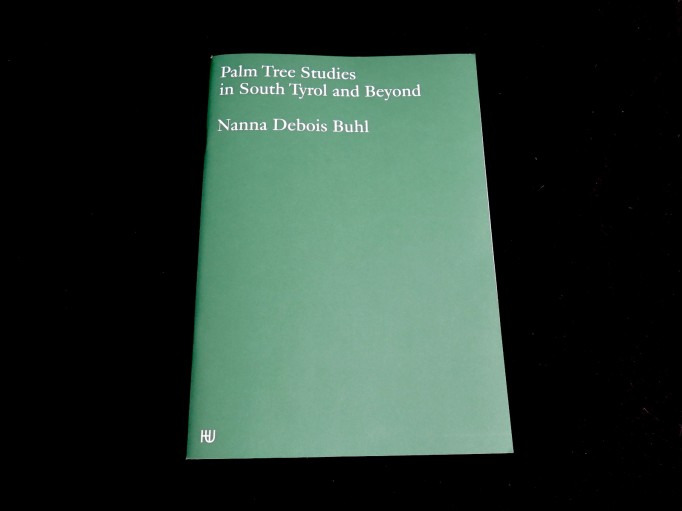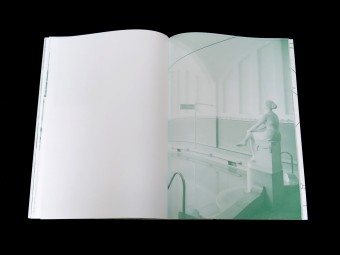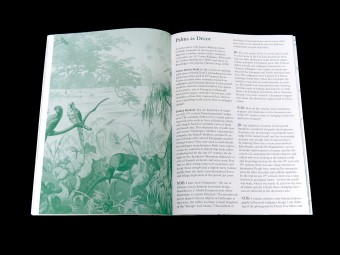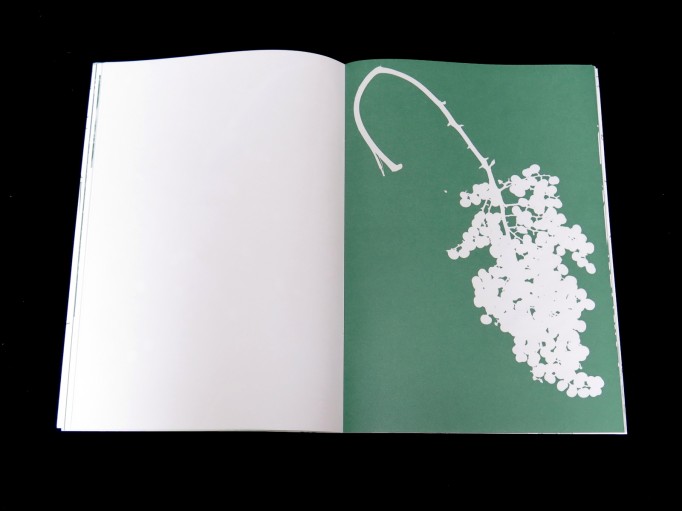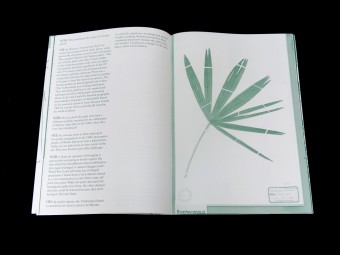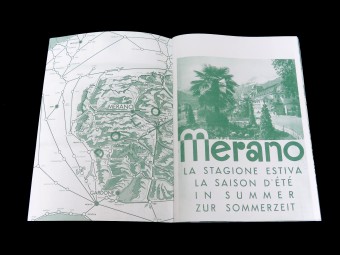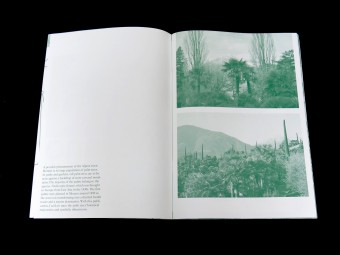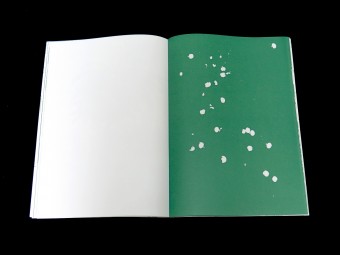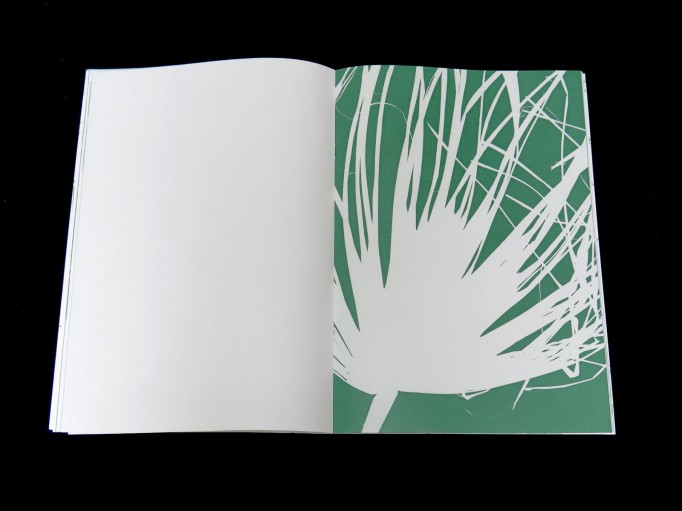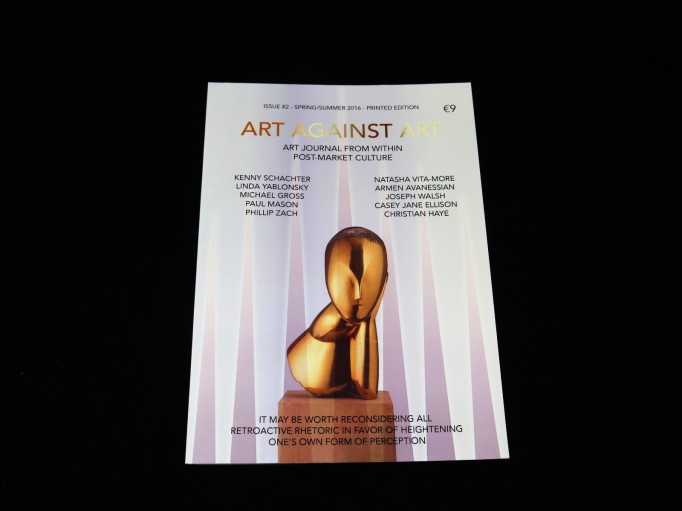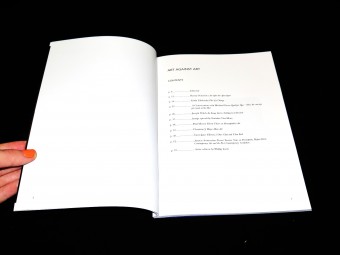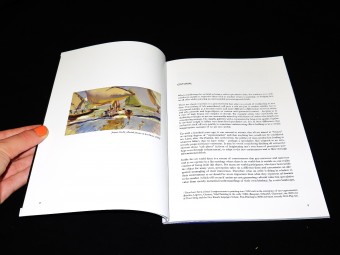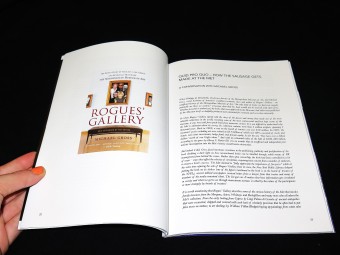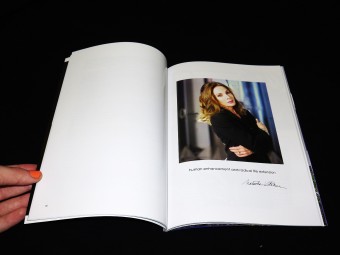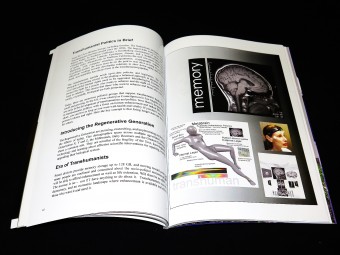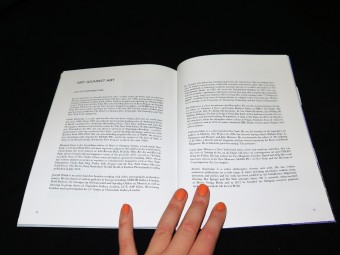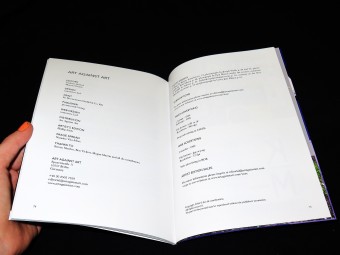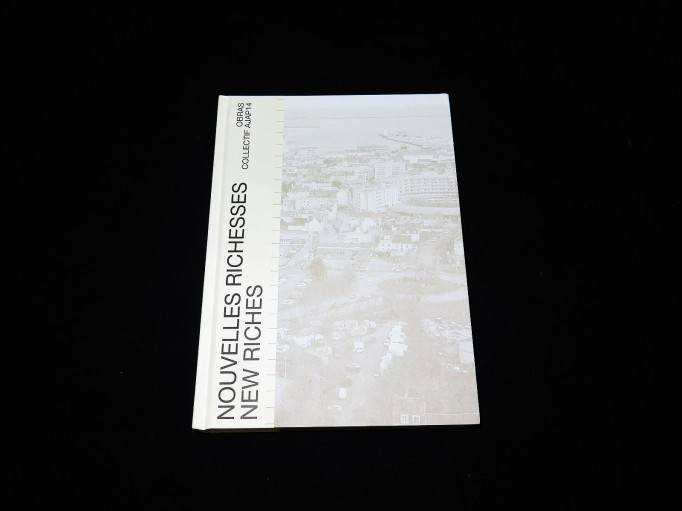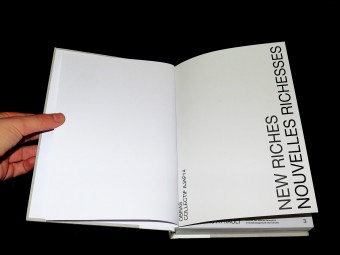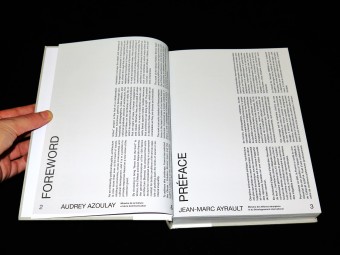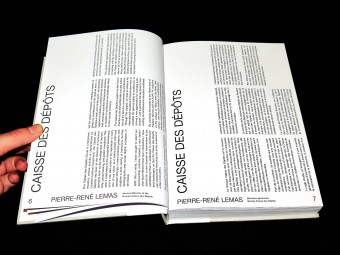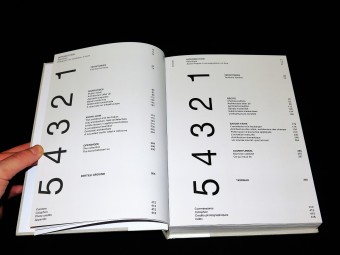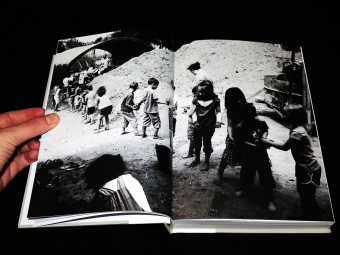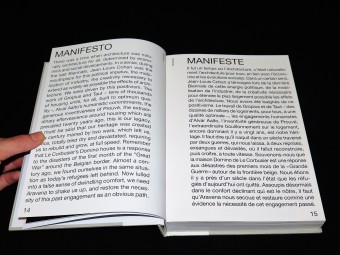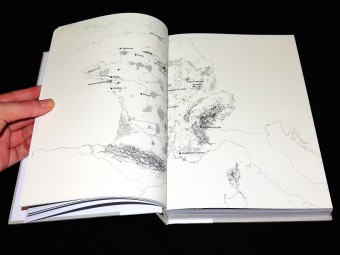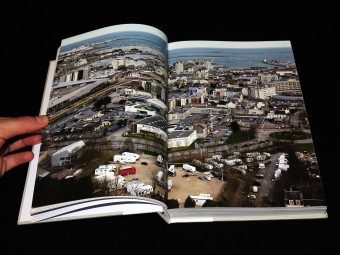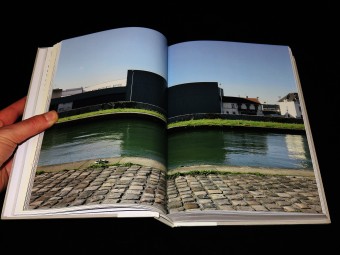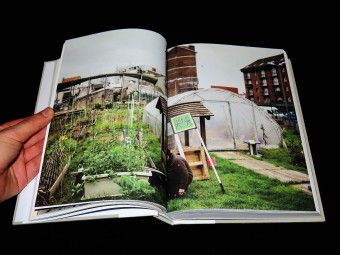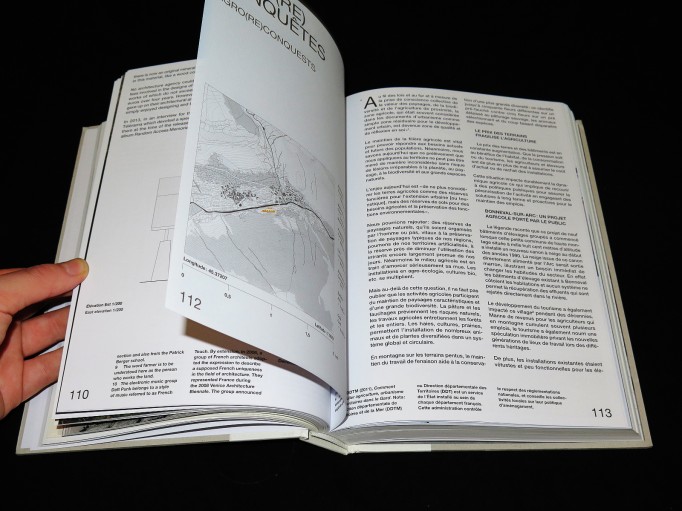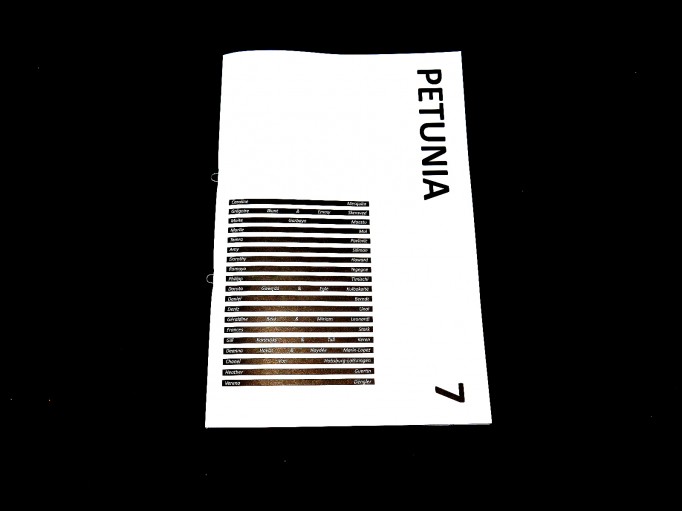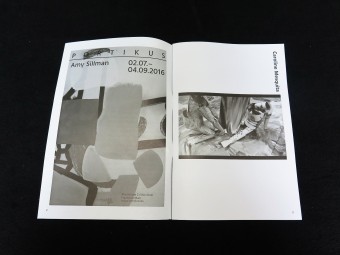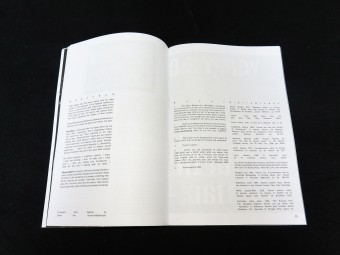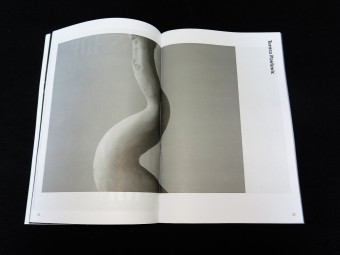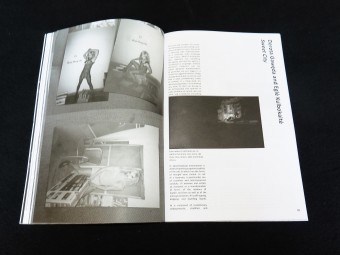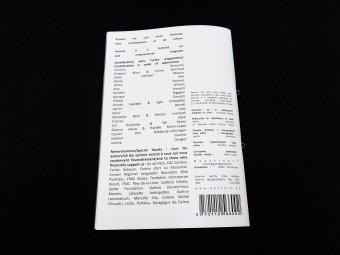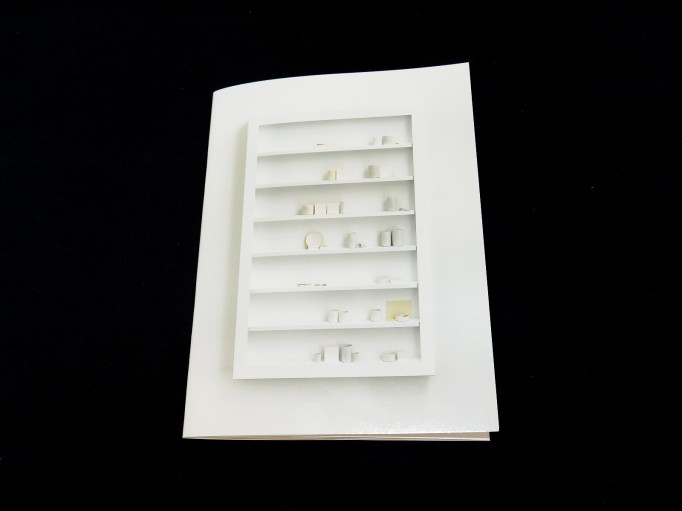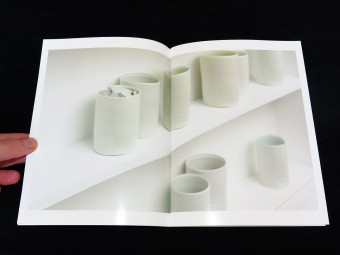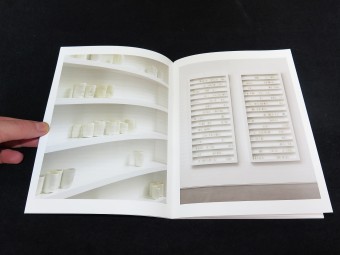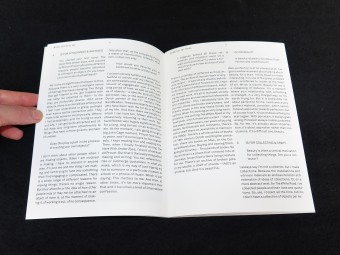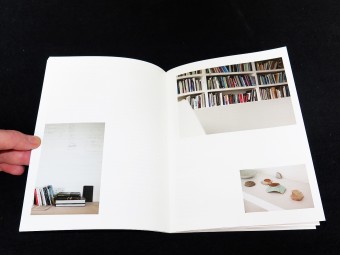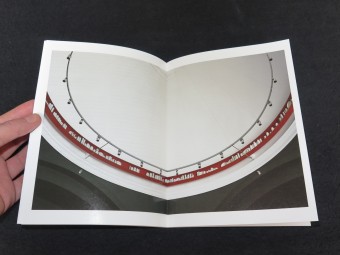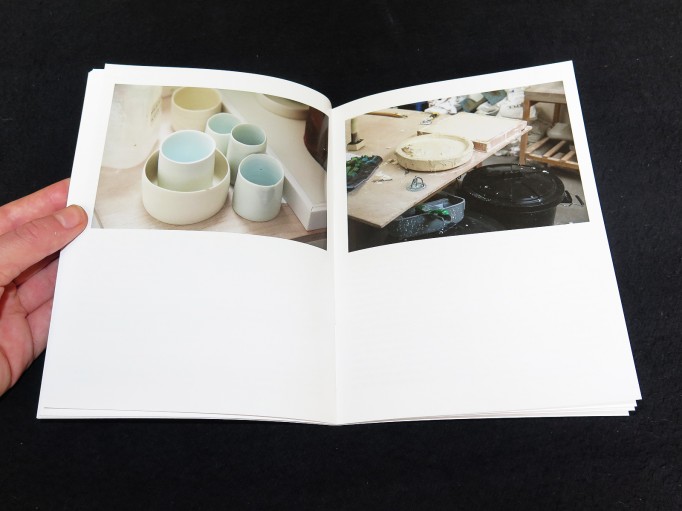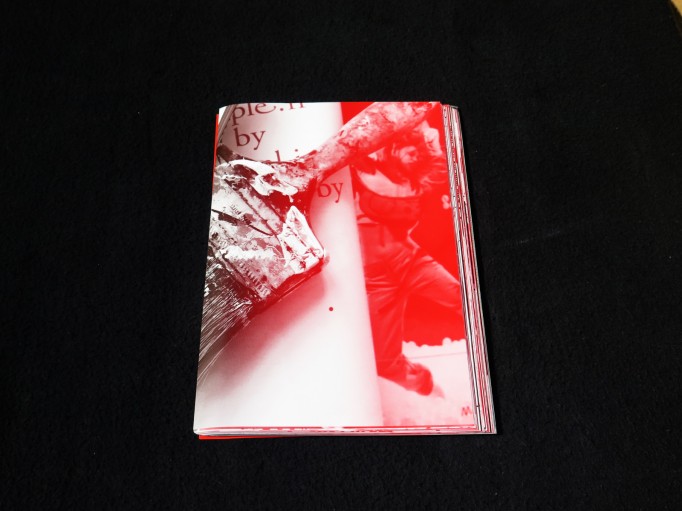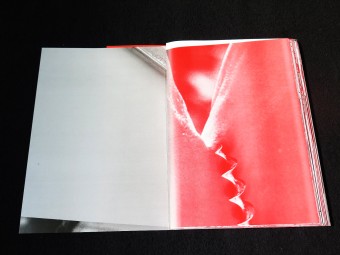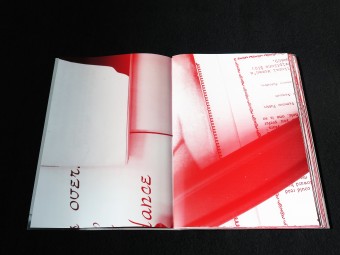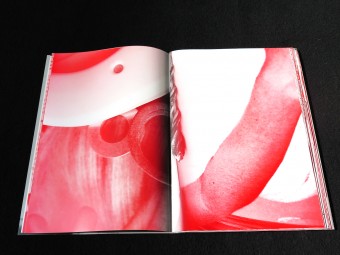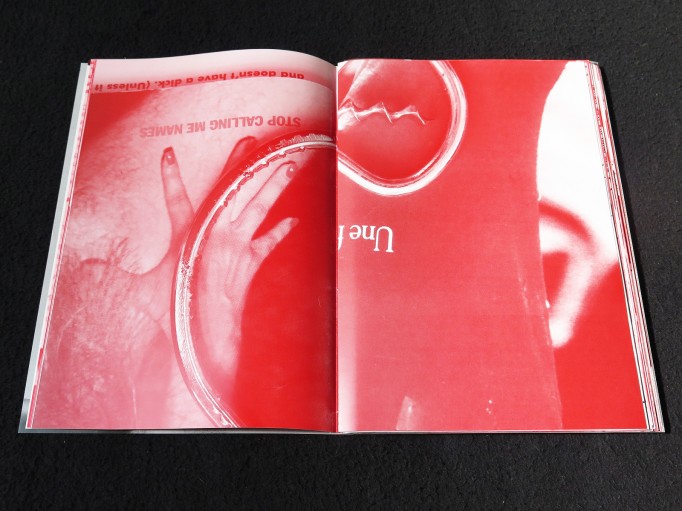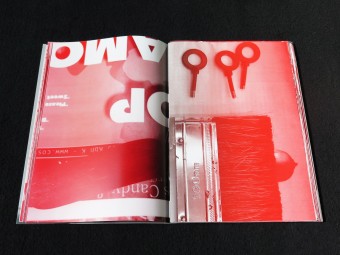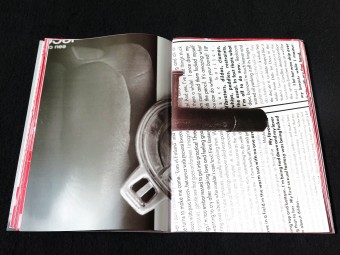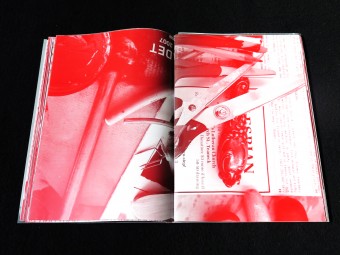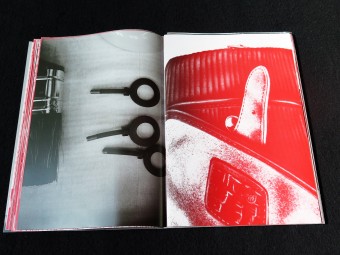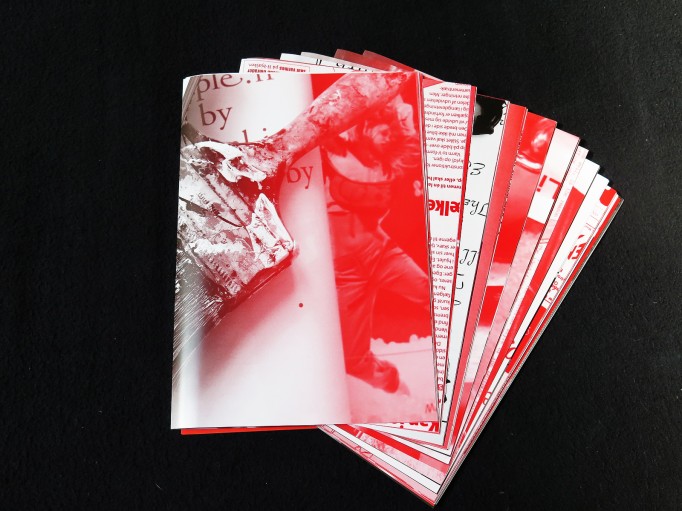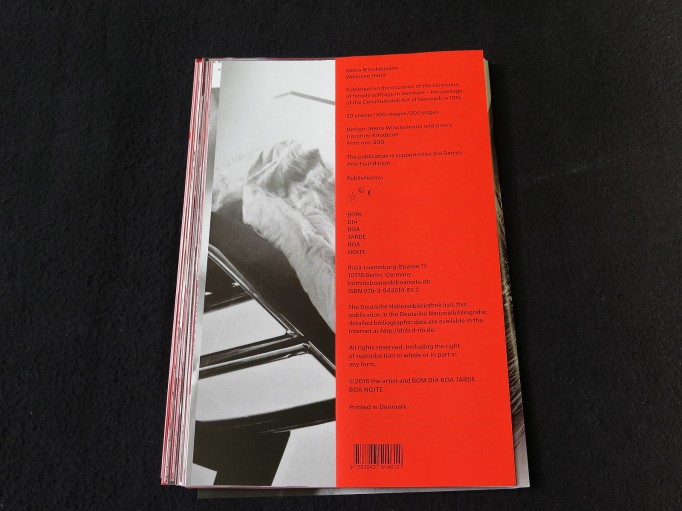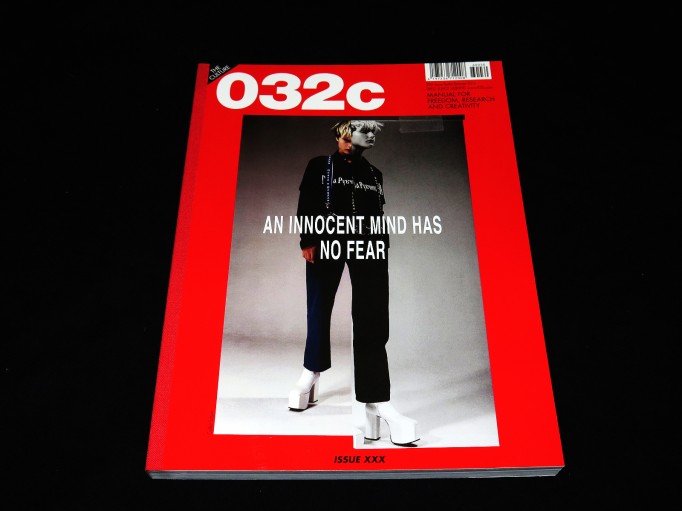
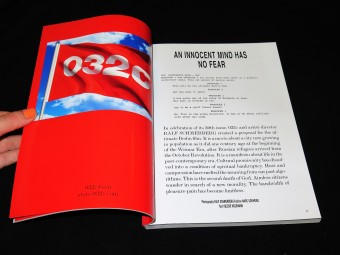
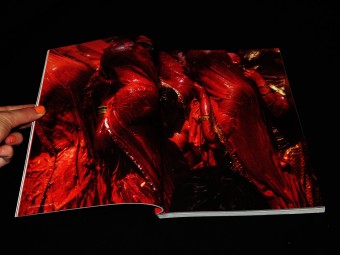
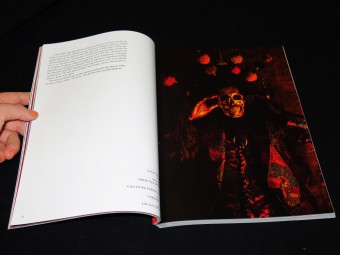
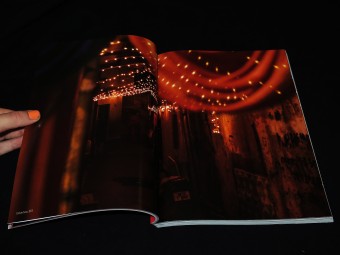
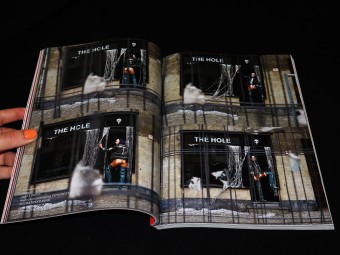
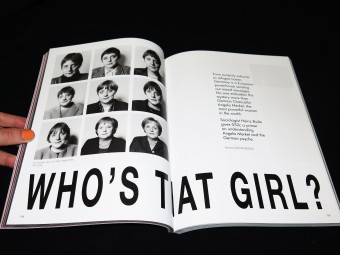
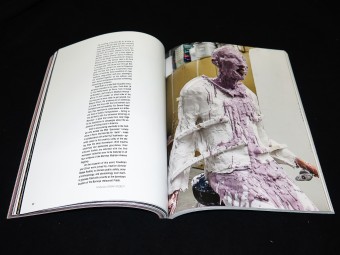
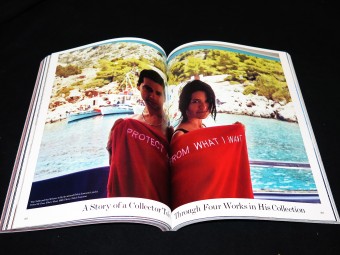
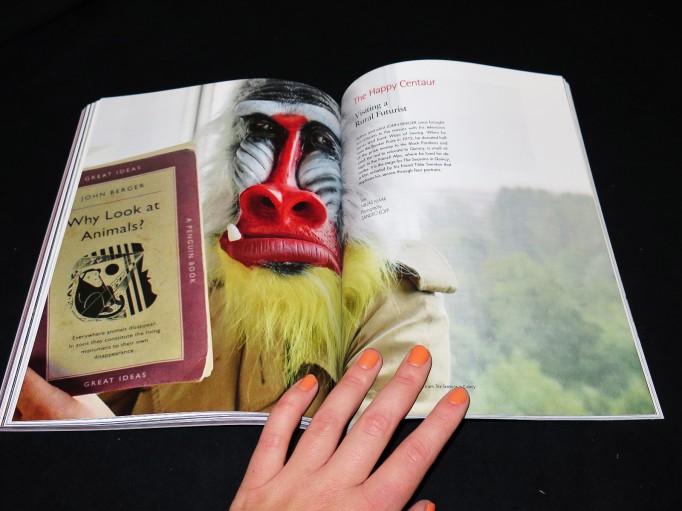
ISSUE #30 — Summer 2015/2016
An Innocent Mind Has No Fear
In celebration of its 30th issue, 032c and artist-director RALF SCHMERBERG teamed up to create “An Innocent Mind Has No Fear,” a proposal for the ultimate Berlin film with a libretto by writer HELENE HEGEMANN. It is a manifesto about life in the post-contemporary era, where cultural promiscuity has dissolved into a condition of spiritual bankruptcy. Heat and compression have melted the meaning from our past algorithms, while aimless citizens wander in search of a new morality. The bandwidth of pleasure-pain has become endless.
Welcome to 032c Issue XXX!
Artist STERLING RUBY shares his archive of workwear, a collection of clothing that appears as next century’s post-apocalyptic craft. Developed initially as a uniform for his Los Angeles studio, the garments are part of a larger, self-cannibalizing material practice that includes his sculptures and paintings.
Austerity bully, refugee haven, neither, or both? — In light of Germany’s newfound powerful and complex role on the world stage, journalist Joachim Bessing and sociologist Heinz Bude seek to untangle the psyche of a country through its mysterious figurehead leader, ANGELA MERKEL.
In the wake of Hood By Air’s sexually charged takeover of the shop windows at Barneys New York, creative directors SHAYNE OLIVER (HBA), DENNIS FREEDMAN (Barneys), and BABAK RADBOY (Telfar) discuss public transportation, dermatology, and the legacy of Helmut Lang over martini glasses filled with ceviche. Meanwhile, writer HANNAH BLACK unpacks the significance of Hood By Air’s silicone replicas of male models into a pyramid of fashion-commodity-death.
THE LOTTA-DELPHINE COMPLEX — At a time when industry wisdom is crowd-sourced and the consumer holds more power than ever before, 032c’s Jina Khayyer speaks to LVMH executive DELPHINE ARNAULT and mega-stylist LOTTA VOLKOVA, two equal yet opposite centers of gravity in the contemporary fashion landscape.
In tandem with his friends Jeff Koons, Jeffrey Deitch, and Maurizio Cattelan, the Cypriot industrialist and art collector DAKIS JOANNOU has turned an “unreasonable love for art” into a Zeitgeist-shaping pile of acquisitions. 032c’s Thom Bettridge travels to Greece at the apex of the financial crisis to uncover the mysteries behind the tinted windows of Joannou’s pop art battleship, Guilty.
“People, for me, are function. Is that awful?” — After being awarded Britain’s best mens- and womenswear designer in the same year, J.W. ANDERSON receives a visit from architect Jack Self, who administers a personality test at the designer’s home in London The verdict: Anderson is an accomplished devil’s advocate and a hyper-capitalist par excellence. Anderson explains why he prefers interviews to psychotherapy, and how the fashion industry is an autobahn: You can go as fast as you like, as long as you don’t take your hands off the wheel.
“It seems like the only way out is to speed up what is already at work”— Anthropologist JASON PINE shares his field research into homemade meth-cooking in rural Missouri and explains how a backwater drug epidemic is in fact the chemical embodiment of mainstream capitalism.
After bringing art criticism to the masses with Ways of Seeing, author and artist JOHN BERGER gave half of his 1972 Booker Prize money to the Black Panthers and used the other half to relocate to a village in the French Alps. Writer Niklas Maak brings us a portrait of Berger’s life as a rural futurist on the occasion of The Seasons in Quincy, a film initiated by his longtime friend Tilda Swinton.
COLLIER SCHORR and LOTTA VOLKOVA team up for an editorial feature, while enigmatic fashion designer CHRISTOPHE DECARNIN makes his debut as a fashion photographer in a celebration of the American West.
Juergen Teller makes peace with a soccer rival, a Renaissance accountant predicts the future of menswear, and the anti-aging industry performs a Swiss Air First Class takeover of the Bauhaus tradition — all this and more in SELECT, a 32-page bonanza of our favorite products of the season.
032c Issue 30 is available now, with a choice of two covers: COLLIER SCHORR shooting Gosha Rubchinskiy and Balanciaga on the left, and RALF SCHMERBERG shooting Gucci on the right.
12€
Buy it

